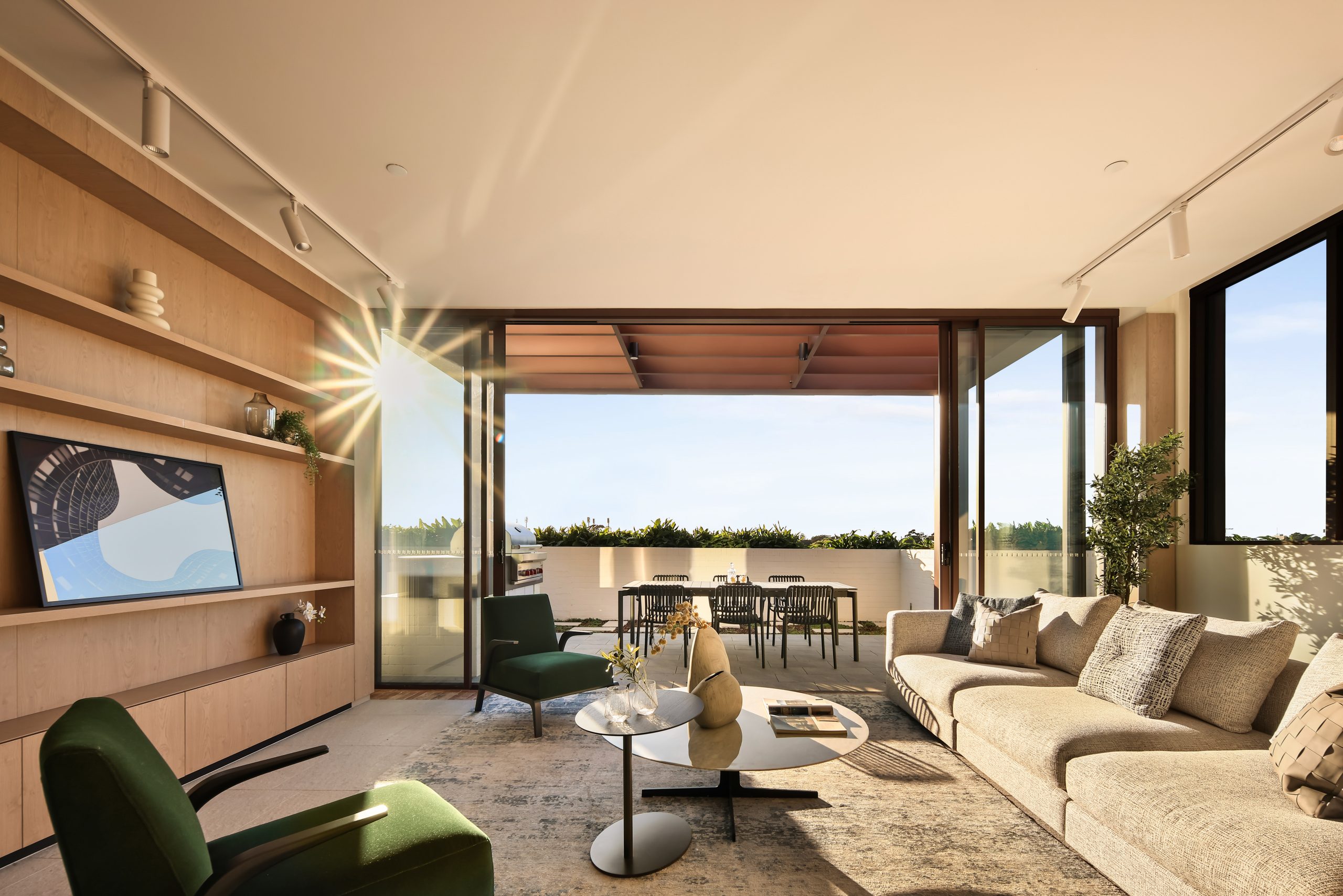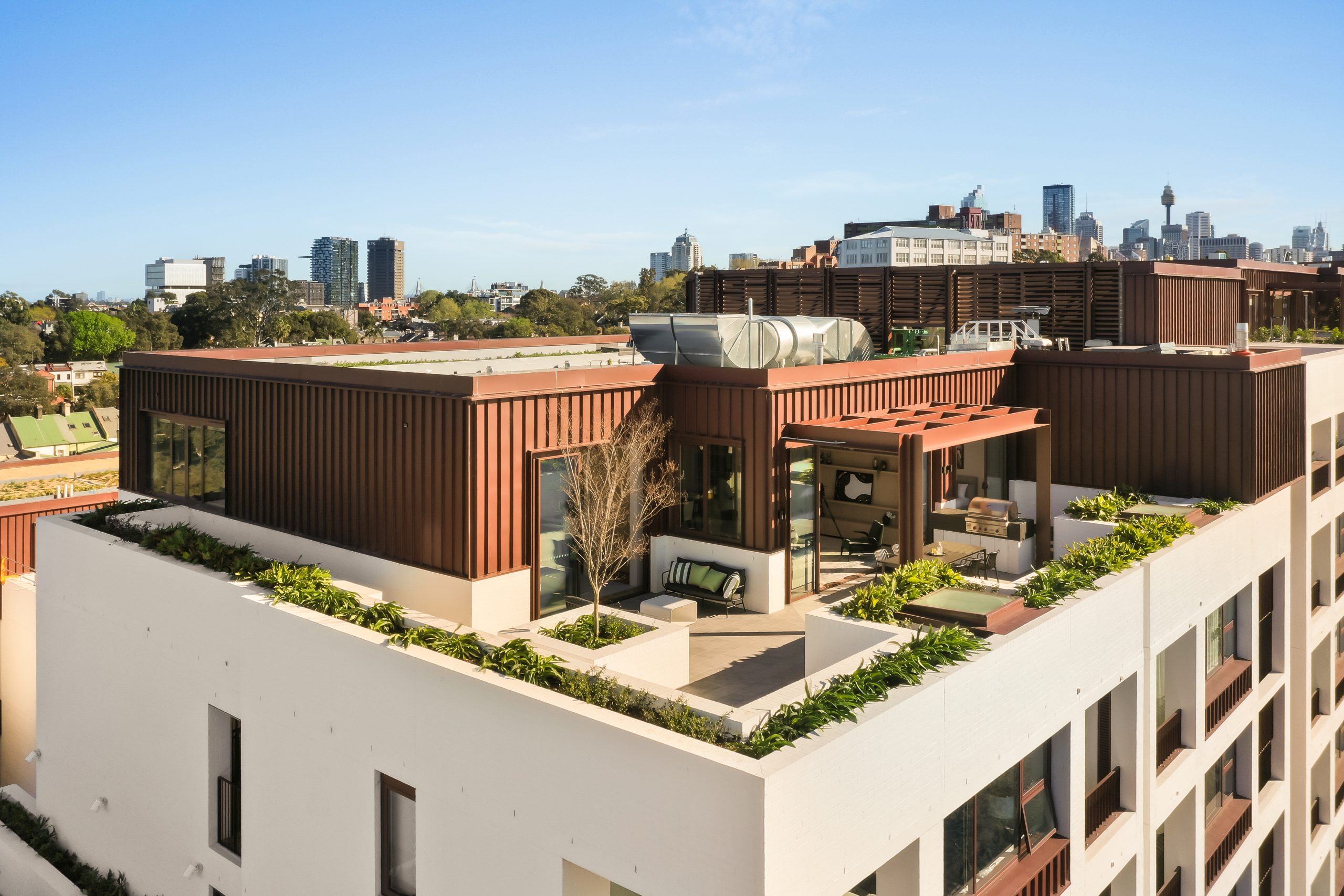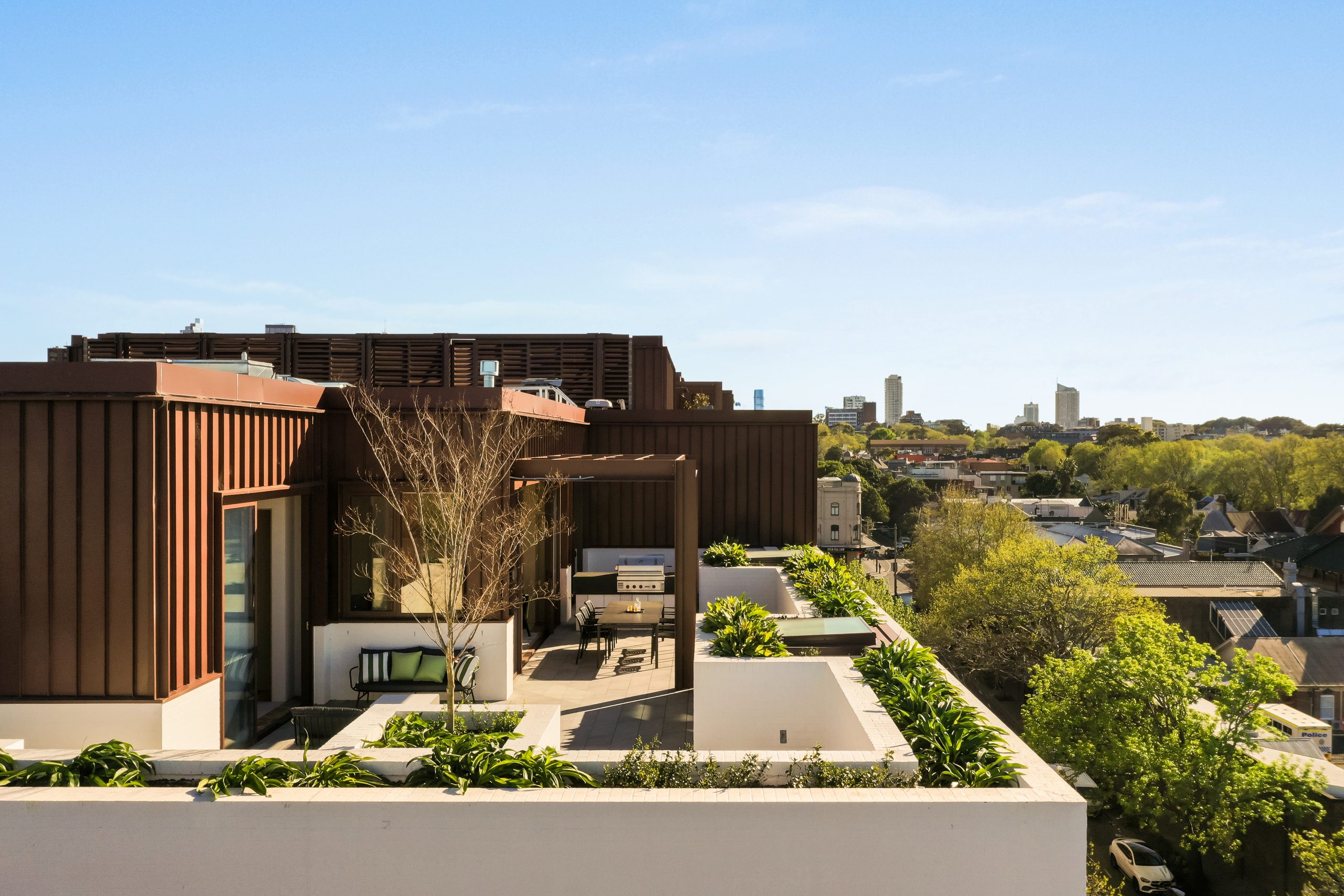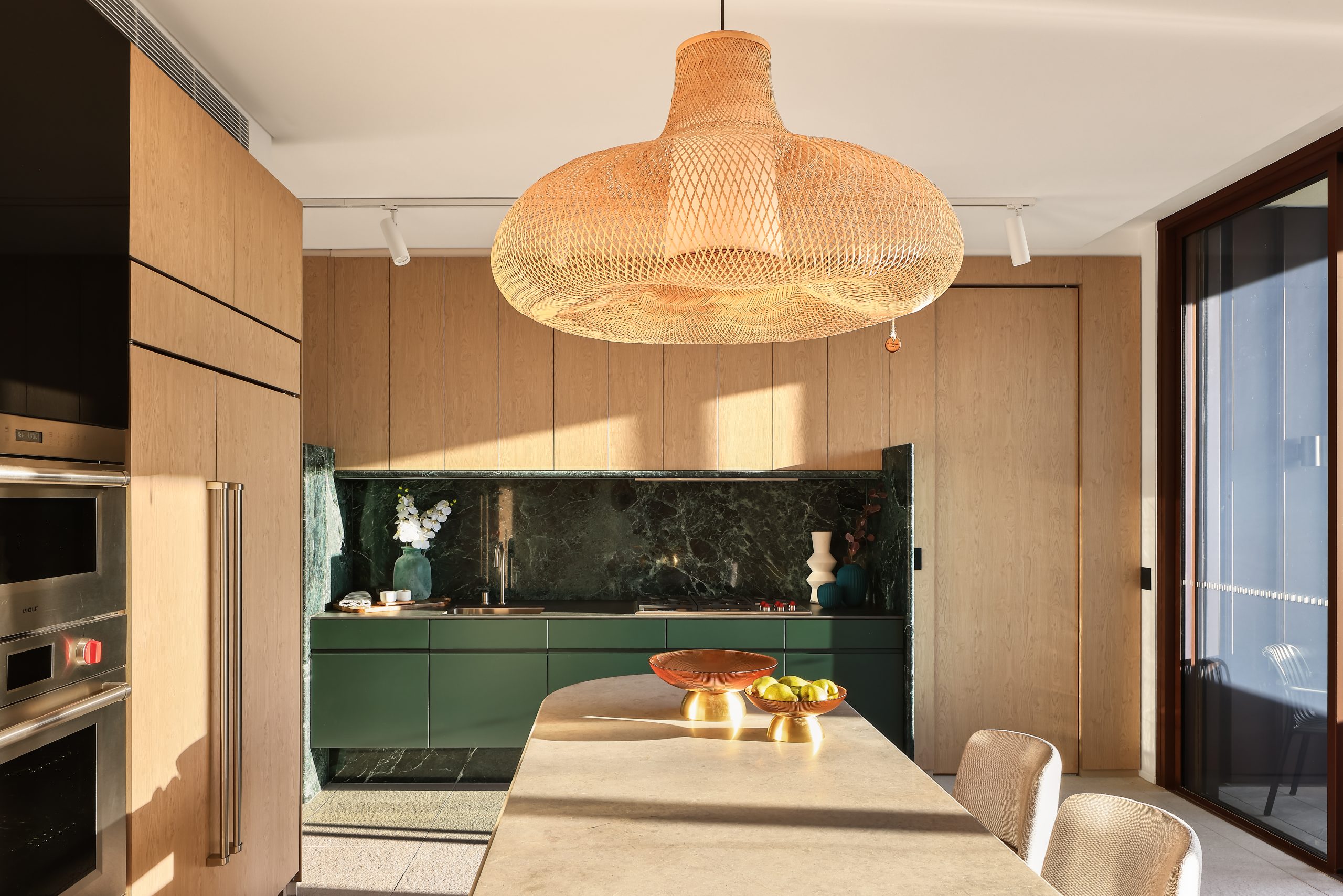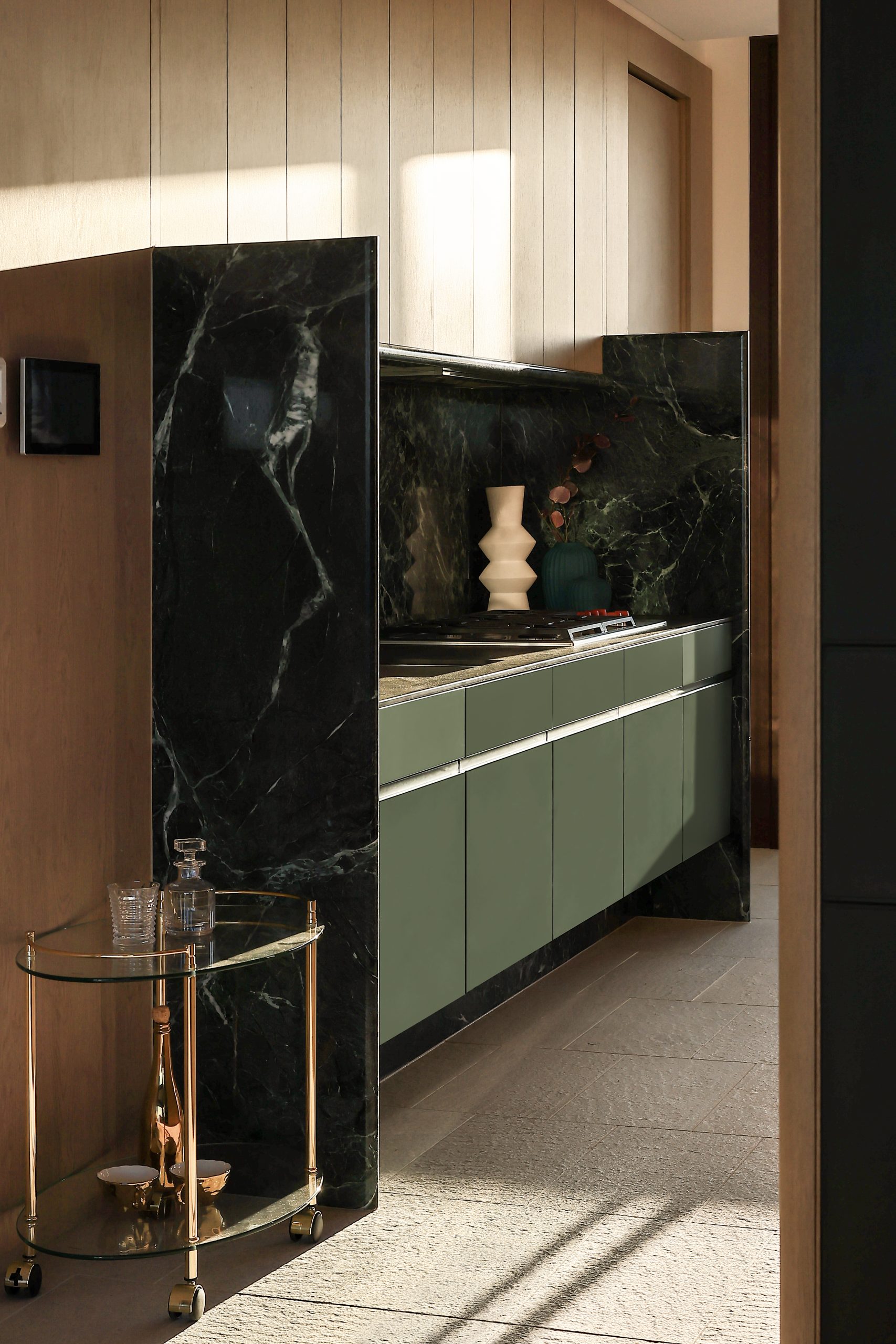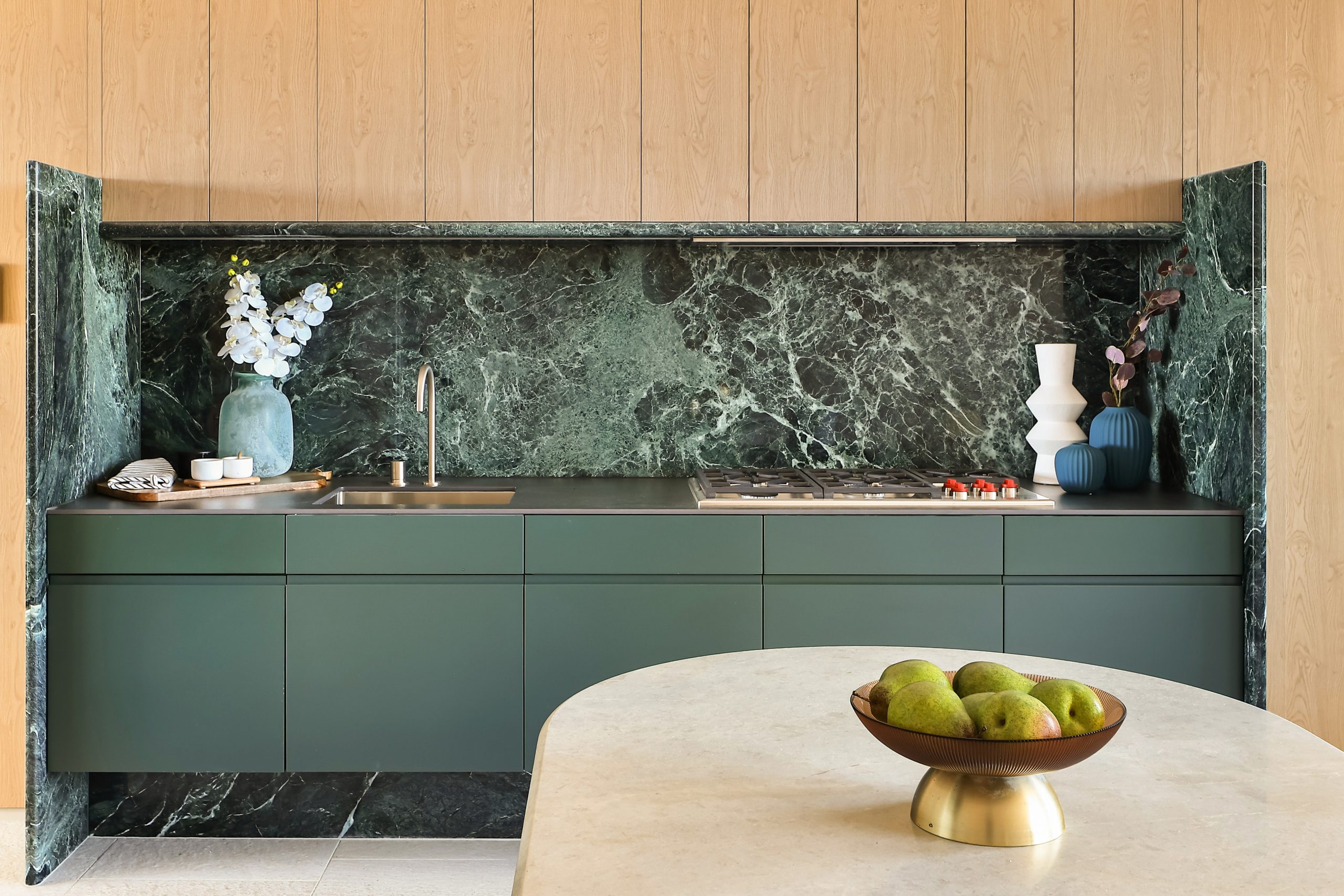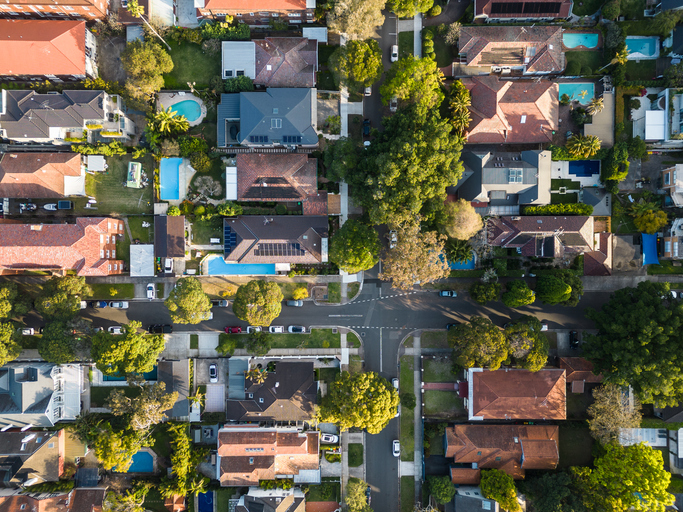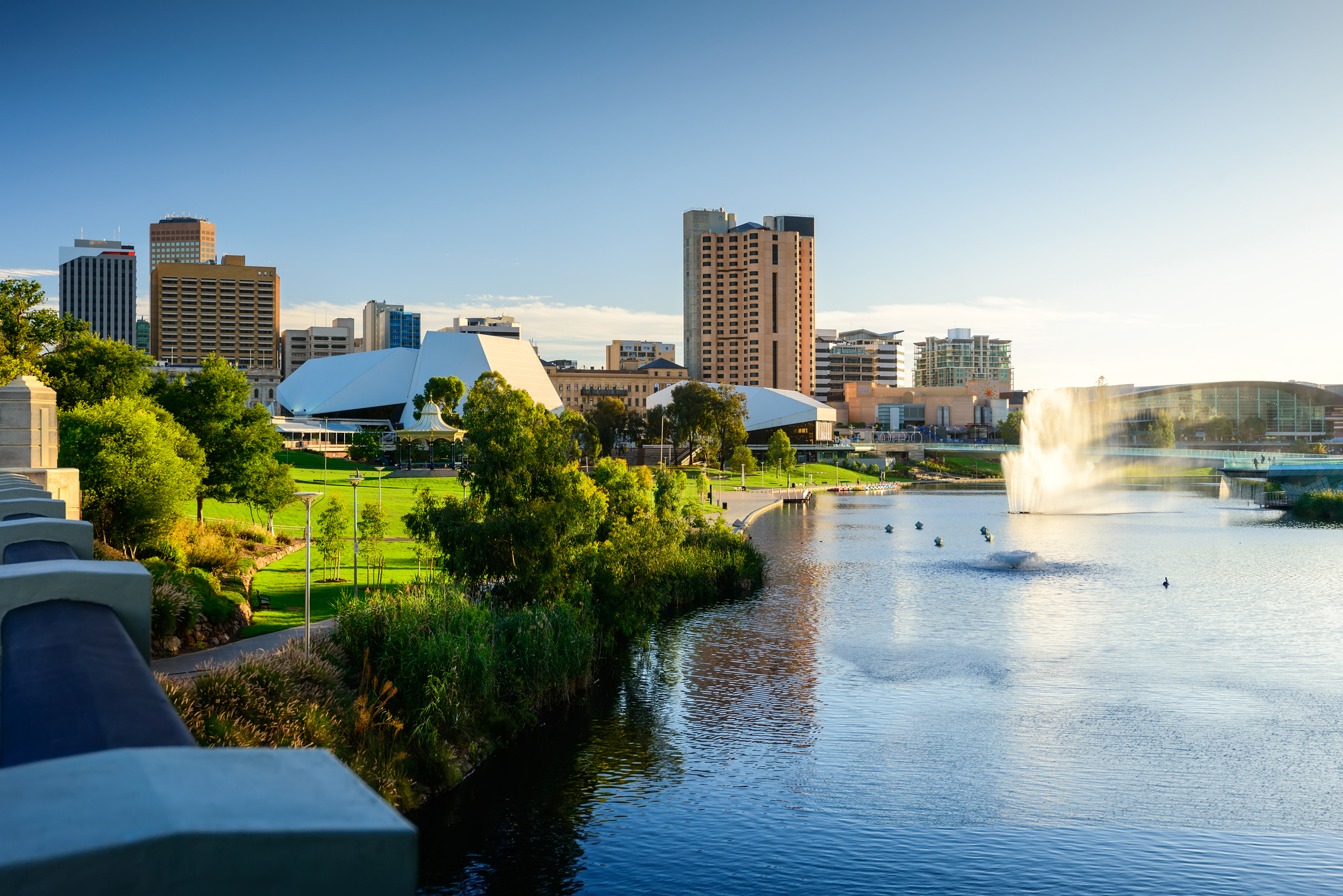Drought Forces Spain to Source Drinking Water From the Sea
Mediterranean region is becoming warmer and drier more quickly than most places, prompting a costly revamp of infrastructure
BARCELONA—Fill a glass with tap water in Barcelona these days and one-fifth of it will be processed seawater. Another fifth will be treated wastewater derived from toilets, showers and other urban uses.
This mix is emerging as the drinking water of the future in Mediterranean countries. The region is becoming warmer and drier more quickly than most places on Earth, forcing people and governments to act faster here than elsewhere to find new freshwater supplies.
A prolonged drought in Spain’s region of Catalonia is prompting rapid change. For many years after Barcelona’s Llobregat desalination plant opened in 2009, it was little used, contributing less than 5% of the city’s drinking water, which is mostly supplied by reservoirs and groundwater. Since last summer, the plant has worked at full throttle, producing over 500 gallons of fresh water per second.
“The population is increasing, business activities are increasing but water is somewhat decreasing,” said Samuel Reyes, director of the Catalan Water Agency. “We need to change the way we think about water.”
In countries around the Mediterranean Sea, recurrent droughts and dwindling flows of water from mountains into rivers are leading to a re-engineering of the water infrastructure. Farmers are digging more and deeper wells, and often switching to crops that need less water. Governments from Spain to Israel to Algeria are investing massively in desalination plants and looking for supplies of fresh water farther afield.
In the Italian region of Puglia, local authorities want to build a €1 billion, 100-kilometer underwater pipeline—not to carry oil or natural gas but drinking water. The planned project would bring river water across the Adriatic Sea from Albania to Puglia, the parched heel of Italy’s boot.
Puglia has no major rivers or snow-capped mountains. For now, the region is making the most of the little water it has. Local authorities are spending some €1.7 billion, equivalent to $1.9 billion, to repair and replace leaky water pipes, through which some 48% of drinking water there is lost.
“We need new infrastructure, but we also need to rethink our approach to the water we have,” said Francesca Portincasa, the head of Acquedotto Pugliese, the operator that oversees water management in Puglia.
Puglia’s infrastructure plans include building several new wastewater treatment plants and Italy’s first major desalination plant for drinking water, one of three that Puglia aims to operate by the end of the decade.
The changing climate is affecting the Mediterranean in ways beyond droughts. In a region where roughly 150 million people live close to the coast, rising sea levels are threatening homes, businesses and cultural heritage sites.
From sand barriers of Egypt’s Nile Delta to floodgates that protect Venice, projects to keep the sea from swallowing the land are multiplying. Some scientists are beginning to consider ideas once dismissed as crackpot, such as damming the Strait of Gibraltar to keep sea levels in check.
Much of the Mediterranean region has been in the grip of a fearsome heat wave in recent weeks, raising mortality rates and putting pressure on overstretched healthcare systems, with the elderly especially at risk. Cities such as Barcelona and Nicosia in Cyprus have set up public shelters to protect people from prolonged exposure to high temperatures.
Declining access to fresh water poses one of the region’s biggest long-term threats.
Desalinated seawater has long been a prime source of drinking water in hot, dry countries such as Saudi Arabia, Israel and the United Arab Emirates. Now, desalination is booming in countries whose landscapes provided plenty of fresh water for thousands of years.
There are downsides to desalination. Turning seawater into drinking water is an energy-intensive process, which makes desalination both costly and bad for the environment. The super-salty brine that is left over is harmful to the ocean’s ecosystem.
Spain is betting heavily on the technology. Building new desalination plants is the centrepiece of the Spanish government’s plan to deal with the growing problem of droughts.
In Catalonia, authorities plan to double desalination capacity over the next three years. Last year, the region’s two desalination plants produced 16.7 billion gallons of drinking water, six times as much as in 2009. That water has helped the region to cope with this summer’s extreme heat and drought. In the past, Catalonia has had to resort to extreme measures such as importing drinking water on tanker ships.
The Llobregat desalination plant is one of Europe’s largest. Seawater reaches the plant from a pipeline that stretches some 1.3 miles into the sea. Then, it is pumped into tanks where coagulants are used to remove grease, seaweed and other substances. The water then goes through two filters to remove smaller impurities.
Finally, it reaches the heart of the plant: a maze of green, blue, yellow and pink pipes where the salt is separated from the water through reverse osmosis. The whole process takes about 5½ hours.
“There are people here 24 hours a day,” explained Laia Hernández, a representative of the Barcelona plant, during a recent tour of the facility. “Now that we are working at full capacity, maintenance work has to be done quickly.”
The desalinated water flows to a drinking-water treatment centre, where it is mixed with other water supplies, such as water from reservoirs and treated wastewater.
European Union rules say treated wastewater shouldn’t be used in drinking water. To get around that, Barcelona’s treated wastewater is discharged into a river before being extracted again downstream.
Rainfall has been so sparse that the Sau Reservoir, one of Catalonia’s biggest, was only 6% full earlier this year. A medieval church, submerged when the reservoir was created in the 1960s, resurfaced. Fishermen were deployed to remove and euthanise the fish left stranded.
The economic effects of drought are felt most strongly in agriculture. This spring was the hottest Spain has ever recorded, and one of the driest. Farmers were hit especially hard. Insurance payouts to Spanish farmers totalled €772 million in the first half of 2023, exceeding the overall payments for last year as a whole, according to Agroseguro, which handles crop insurance payouts. The overwhelming majority of farmers in Spain are covered by crop insurance, which is subsidised by the state and gives payouts to farmers if their harvests are damaged by events such as extreme weather or disease outbreaks.
Scientists at Catalonia’s Institute of Agrifood Research and Technology are trying to help farmers adapt, including how to optimise the use of a declining water supply.
“Our goal is to produce more food with less water. If we can’t manage that, we will have a problem feeding our population in the future,” said Joan Girona, a water expert at the institute. In one research project, the soil humidity of apple orchards in Catalonia is regularly monitored to determine exactly how much water they need. During the recent drought, Girona advised some farmers to pick unripe fruit, reducing the amount of water the trees need to survive.
In the Catalan countryside, some 70,000 hectares of farmland used to grow cereals and fruit rely on a 200-mile irrigation network known as the Canal D’Urgell.
In April, for the first time in its 160-year history, the canal stopped supplying irrigation water. “I couldn’t believe it,” said Sergi Balué, 45, a farmer who relies on water from the canal for most of his fruit production. “From that point on, there was a lot of uncertainty and fear.”
Worried that his pear orchard wouldn’t survive the spring, Balué did what generations of farmers have done before him: He asked a water diviner for help.
Armed with a Y-shape rod, the dowser surveyed the land and indicated a spot on the cracked earth beneath which he said he sensed water. After digging for 100 meters but finding no water, Balué gave up.
Balué is trying to adapt to water scarcity by collecting more rainwater in small reservoirs. He is also rethinking what crops to grow.
“I used to have only peaches here,” Balué said on a sweltering afternoon as he stood in the middle of an almond grove. Almonds, he explained, are more drought-resistant than flat peaches.
“The thinking is: Even with less water, here I can have something to harvest,” he said. “But it makes me feel sad because in this land we have always only grown peaches, pears and apples. Almond trees just aren’t the same.”
—José Bautista contributed to this article.
This stylish family home combines a classic palette and finishes with a flexible floorplan
Just 55 minutes from Sydney, make this your creative getaway located in the majestic Hawkesbury region.
A Sydney site with a questionable past is reborn as a luxe residential environment ideal for indulging in dining out
Long-term Sydney residents always had handful of not-so-glamourous nicknames for the building on the corner of Cleveland and Baptist Streets straddling Redfern and Surry Hills, but after a modern rebirth that’s all changed.
Once known as “Murder Mall” or “Methadone Mall”, the 1960s-built Surry Hills Shopping Centre was a magnet for colourful characters and questionable behaviour. Today, however, a $500 million facelift of the site — alongside a slow and steady gentrification of the two neighbouring suburbs — the prime corner property has been transformed into a luxury apartment complex Surry Hills Village by developer Toga Group.
The crowning feature of the 122-apartment project is the three-bedroom penthouse, fully completed and just released to market with a $7.5 million price guide.
Measuring 211sqm of internal space, with a 136sqm terrace complete with landscaping, the penthouse is the brand new brainchild of Surry Hills local Adam Haddow, director of architecture at award-winning firm SJB.
Victoria Judge, senior associate and co-interior design lead at SJB says Surry Hills Village sets a new residential benchmark for the southern end of Surry Hills.
“The residential offering is well-appointed, confident, luxe and bohemian. Smart enough to know what makes good living, and cool enough to hold its own amongst design-centric Surry Hills.”
Allan Vidor, managing director of Toga Group, adds that the penthouse is the quintessential jewel in the crown of Surry Hills Village.
“Bringing together a distinct design that draws on the beauty and vibrancy of Sydney; grand spaces and the finest finishes across a significant footprint, located only a stone’s throw away from the exciting cultural hub of Crown St and Surry Hills.”
Created to maximise views of the city skyline and parkland, the top floor apartment has a practical layout including a wide private lobby leading to the main living room, a sleek kitchen featuring Pietra Verde marble and a concealed butler’s pantry Sub-Zero Wolf appliances, full-height Aspen elm joinery panels hiding storage throughout, flamed Saville stone flooring, a powder room, and two car spaces with a personal EV.
All three bedrooms have large wardrobes and ensuites with bathrooms fittings such as freestanding baths, artisan penny tiles, emerald marble surfaces and brushed-nickel accents.
Additional features of the entertainer’s home include leather-bound joinery doors opening to a full wet bar with Sub-Zero wine fridge and Sub-Zero Wolf barbecue.
The Surry Hills Village precinct will open in stages until autumn next year and once complete, Wunderlich Lane will be home to a collection of 25 restaurants and bars plus wellness and boutique retail. The EVE Hotel Sydney will open later in 2024, offering guests an immersive experience in the precinct’s art, culture, and culinary offerings.
The Surry Hills Village penthouse on Baptist is now finished and ready to move into with marketing through Toga Group and inquiries to 1800 554 556.
This stylish family home combines a classic palette and finishes with a flexible floorplan
Just 55 minutes from Sydney, make this your creative getaway located in the majestic Hawkesbury region.













